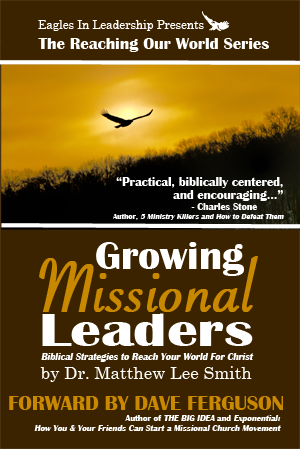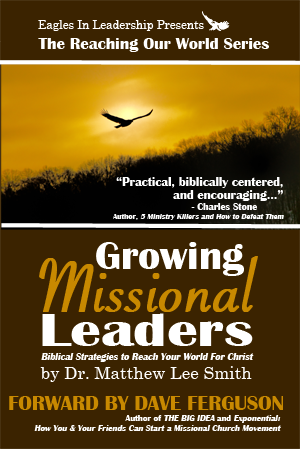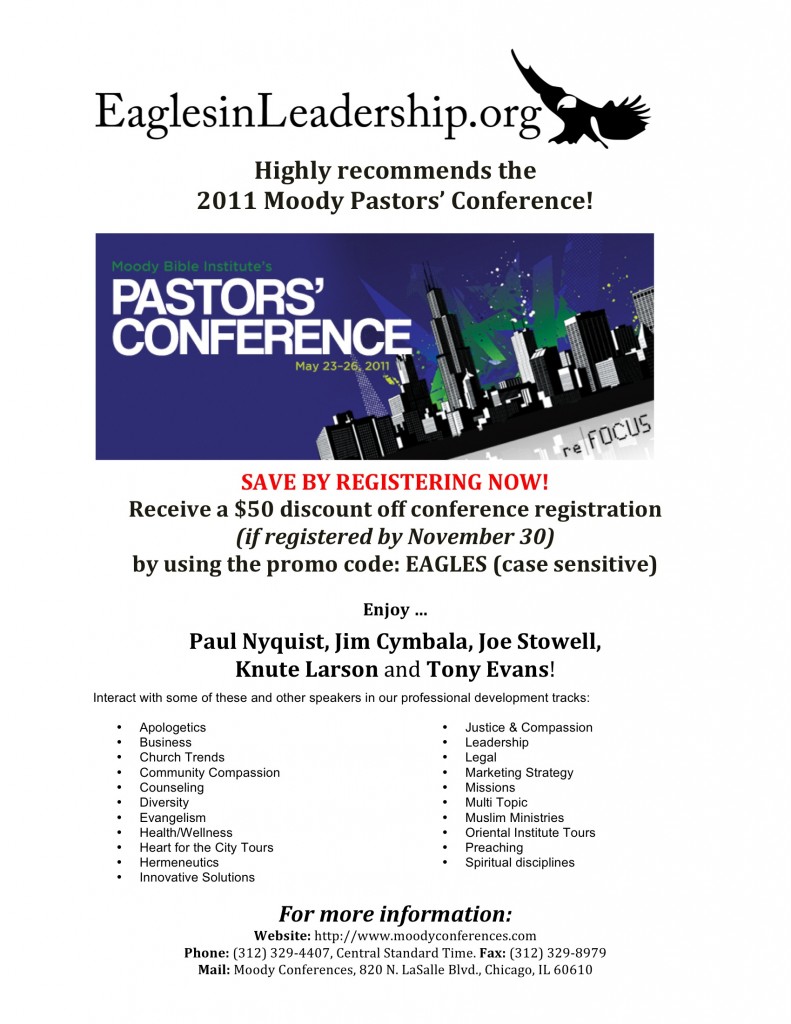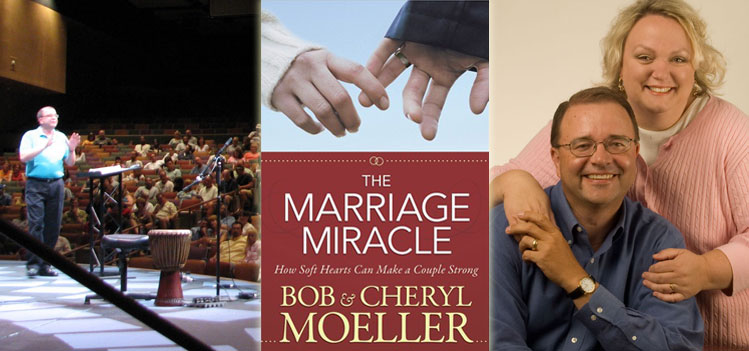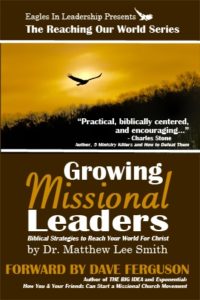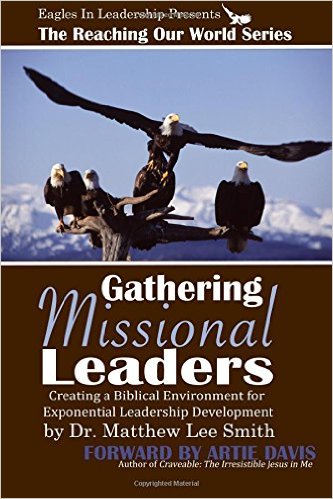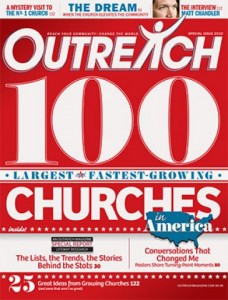 By Dr. Matthew Lee Smith, Ph D
By Dr. Matthew Lee Smith, Ph D
“We want to know how God is at work in His church and celebrate what He is doing.
All of our churches long for the same thing: to give the Gospel to those in need of redemption and deliver care to those in need”
~ Ed Stetzer, president of LifeWay Research
God loves people – people from every race across the planet. Eleven o’clock Sunday morning continues to be the most segregated hour in America. However, evidence from Outreach’s 2010 Top 100 surveys reveals that multi-ethnic churches are making up a significant portion of both the largest and fastest growing churches in America, and that is good news.
Among the 100 Largest Churches in America, at least eleven on the list are multi-ethnic. While it can be difficult to ascertain their ethnic makeup through their web presence, these churches make a visible presence as to their intentionality:
#1 Lakewood Church, Houston, TX. Lakewood.cc
#13 Crossroads, Cincinnati, OH. Crossroads.net
#19 The Rock Church and Worldwide Outreach Center, San Bernardino, CA. RockChurch.com
#23 The Rock Church, San Diego, CA. TheRockSanDiego.org
#34 New Hope Oahu, Honolulu, HI. eNewHope.org
#38 Abundant Living Faith Center, El Paso, TX. ALFC.com
#43 The Church on the Way, Van Nuys, CA. TCOTW.org
#45 Faith Fellowship Ministries World Outreach Center, Sayreville, NJ. FFMWOC.org
#57 Victory World Outreach, Norcross, GA. VictoryAtl.com
#98 Eastlake Church, Chula Vista, CA. EastlakeChurch.com
#100 Christ Fellowship, Miami, FL. CFMiami.org
A search of the 100 Fastest Growing Churches in America websites reveals ten churches that obviously seek to reach out across racial lines. These include:
#3 The Rock Church and World Outreach Center, San Bernardino, CA. RockChurch.com
#4 People’s Church, Oklahoma City, OK. PeoplesChurch.tv
#7 Cornerstone Church of San Diego, National City, CA. TurningtheHearts.com
#10 Newhope Church, Durham, NC. NewhopeNC.org
#23 Oasis Church, Nashville, TN. OasisChurch.tv
#25 New Hope Oahu, Honolulu, HI. eNewHope.org
#52 New Hope Leeward, Waipahu, HI. NewHopeLeeward.org
#69 New Life Community Church, Chicago, IL. NewLifeChicago.org
#72 Christ Fellowship, Miami, FL. CFMiami.org
#100 Westover Hills Assembly of God, San Antonio, TX. WHAG.net
Two of the above churches are listed on both lists! These two churches are located in the Western United States. The 3rd fastest growing church in America is also the 19th largest church: The Rock Church and World Outreach Center, San Bernardino, CA. The second multi-ethnic church on both lists is New Hope Oahu, Honolulu, HI. It is #25 on the 100 Fastest list and #34 on the 100 Largest roll.
Commenting on this trend for this article, Stetzer responded …
“I think it is fair to say that most of the largest and fastest growing churches are more monocultural than we would all prefer. Part of that is because it takes more work to be multicultural — and many churches lack the commitment to learn from other cultures and communities. But, since multicultural churches reflect the Kingdom of God where every tongue, tribe, and nation gather, it is worth the effort.”
Truly, multi-ethnic ministry reflects the heart of God and the hope of Heaven as depicted by that future praise and worship service where “every tribe and language and people and nation” (Revelation 5:9, ESV) will sing God’s glory! These surveys indicate American Christ-followers are contributing to that.
You can read the article and see much more at Unity in Christ Magazine.



